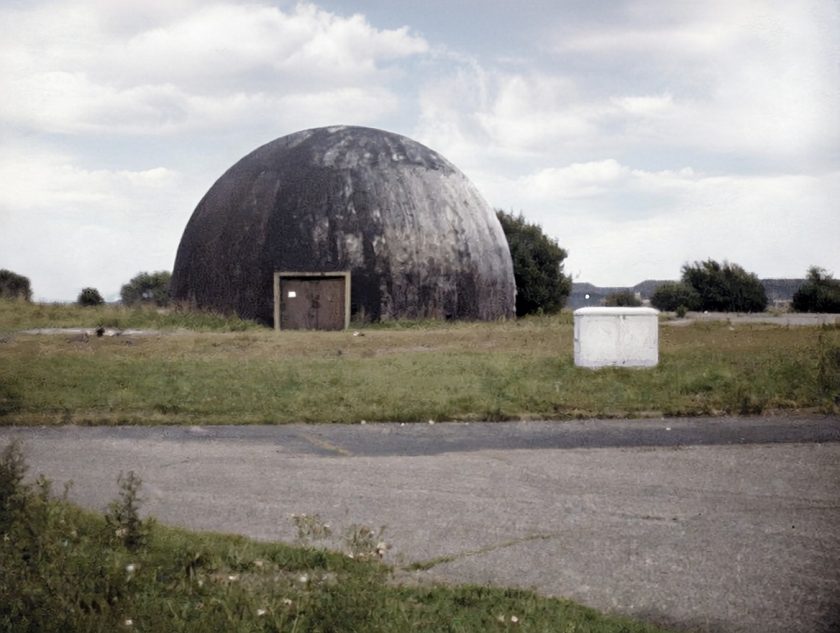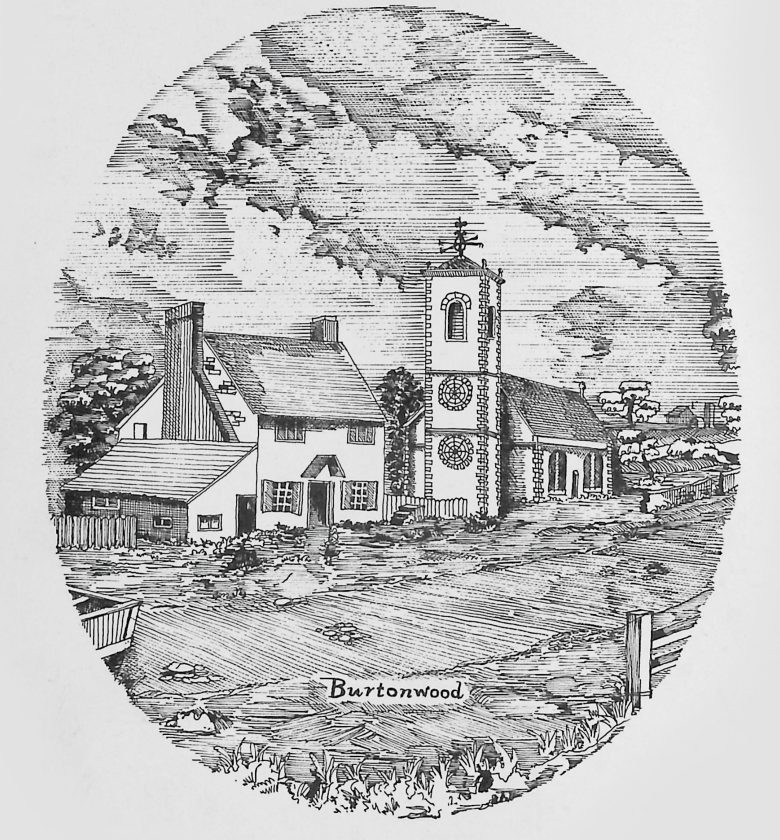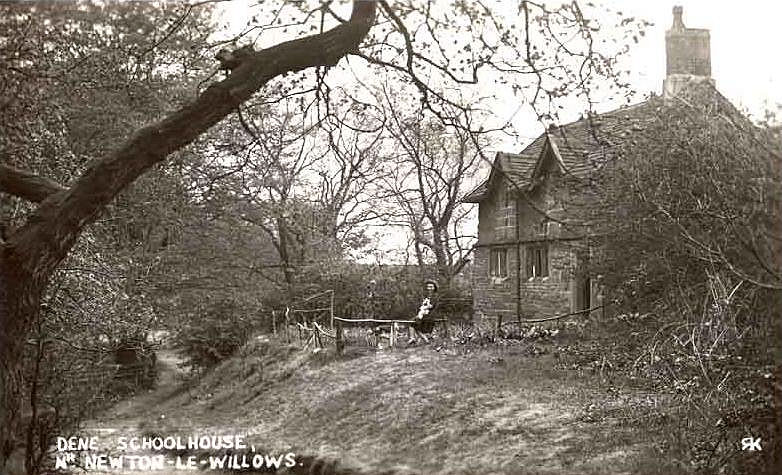He served as professor of immunology at St. Marys Hospital Medical School, London, until 1967, when he joined the faculty at the University of Oxford.
Porter approached the problem of antibody structure by using an enzyme, papain, to cleave the bloods immunoglobulin molecule into functionally different fragments, which were then amenable to structural analysis. Edelman, working independently, used different methods to break up the molecule, and concluded that rather than a single chain of amino acids, it was a multichain entity. Porter and his research team were then able to determine the now universally accepted four-chain model of the antibody. Using his fragmentation technique, Porter studied the chains of the molecule separately, while Edelman worked on the whole molecule. By 1969 a complete model of the molecule, comprising more than 1,300 amino acids, had been achieved.
Rodney Robert Porter born 8 October 1917 at Newton-le-Willows, Lancashire, England.
He was educated at the Ashton-in-Makerfield Grammar School taking his Hons.B.Sc. (Biochemistry) in 1939 at the University of Liverpool and his Ph.D. at the University of Cambridge in 1948.
After one years postdoctoral work at Cambridge, Professor Porter joined the scientific staff of the National Institute of Medical Research in 1949 and was there until 1960 when he joined St. Marys Hospital Medical School, London University as the first Pfizer Professor of Immunology.
In 1967, he was appointed Whitley Professor of Biochemistry in the University of Oxford and Fellow of Trinity College, Oxford.
Amongst his awards are those of:
Fellow of the Royal Society, 1964 Gairdner Foundation Award of Merit, 1966 Ciba Medal (Biochemical Society), 1967 Karl Landsteiner Memorial Award from the American Association of Blood Banks, 1968 National Academy of Sciences, U.S.A., Foreign Member 1972He took his Ph.D. at Cambridge under the supervision of Dr. F. Sanger investigating protein chemistry. In 1948 Professor Porter started to investigate the structure of antibodies, but on moving to Mill Hill he worked on methods of protein fractionation collaborating with Dr. A. J. P. Martin. The particular interest was in chromatographic methods of fractionation.
He returned to the study of the chemical structure of antibodies leading to the finding of the three fragments produced by splitting with papain in 1958-59. He continued this work at St. Marys Hospital Medical School and put forward the peptide chain structure of antibodies in 1962.
Since moving to Oxford he has been concerned with the structure of antibody combining site, of the genetic markers of immunoglobulins and recently in the chemical structure of some of the early complement components.
During the war years 1940-46 Professor Porter was in the army serving with the R.A., R.E., and R.A.S.C., finishing with the rank of Major. He was with the First Army in 1942 in the invasion of Algeria and with the 8th Army during the invasion of Silicy and then Italy. He remained with the Central Mediterranean Forces in Italy, Austria, Greece and Crete until January 1946.
From Les Prix Nobel 1972.
Here is a link to the Nobel lecture which Rodney Porter gave in 1972 on recieving the Nobel Prize
Rodney R. Porter ? Nobel Lecture , Nobel Lecture December 12, 1972
>> Structural Studies of Immunoglobulins <<
you will need Adobe Acrobat Reader to open and read this file.


